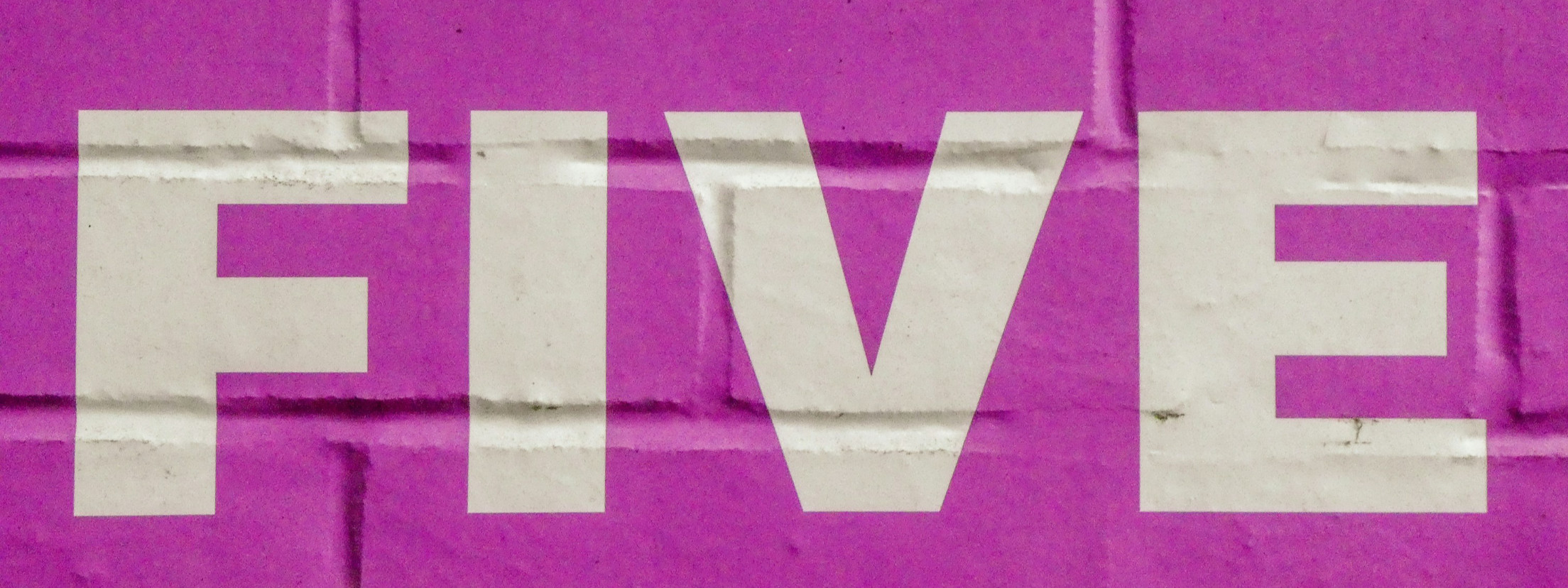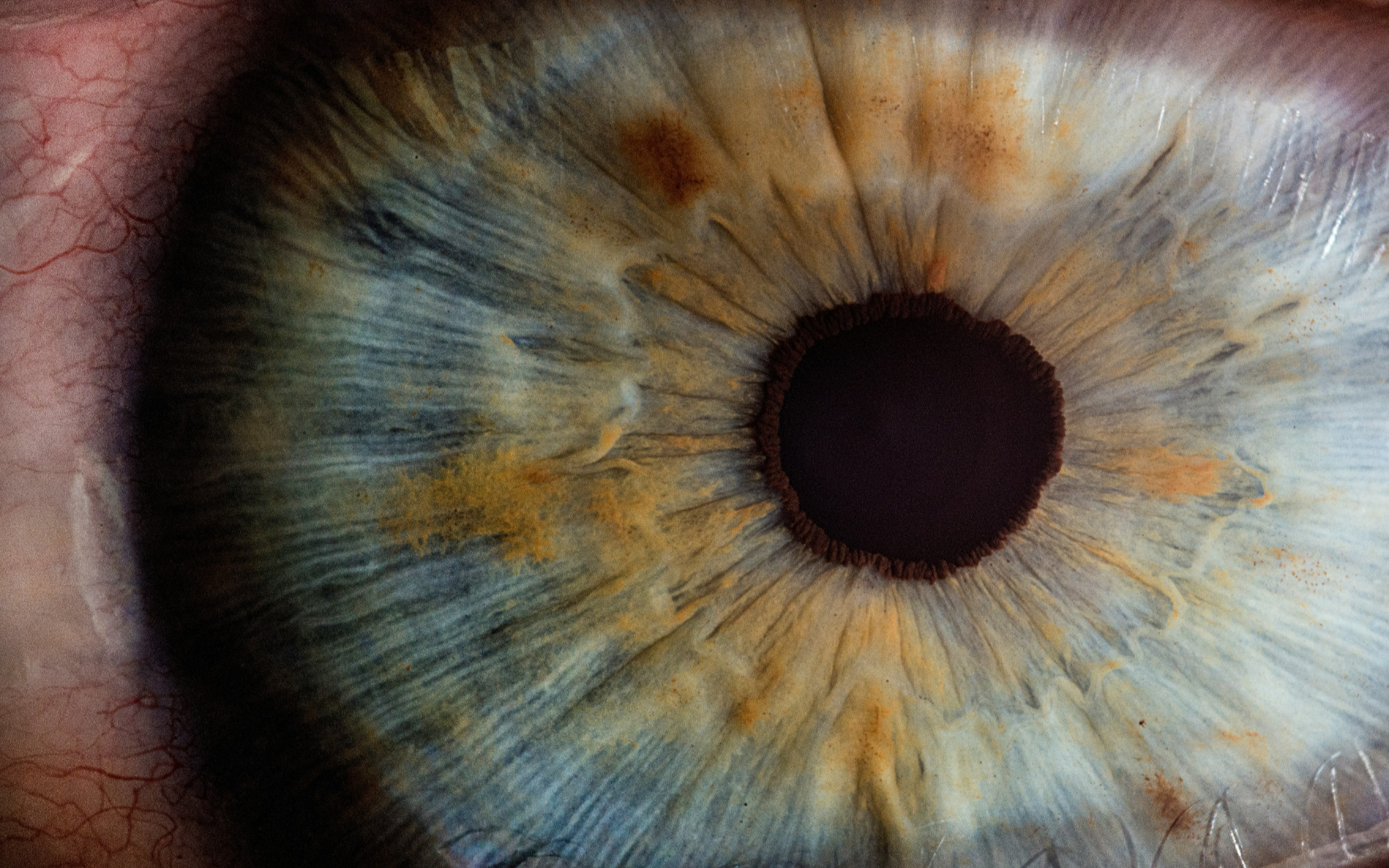
How Does Sensory Marketing Help Brands
We’ve previously explored here on the Zanna blog various different and unconventional ways to connect brands or businesses with diverse audiences. Today, we’re going to talk about a strategy that is still somewhat unexplored, yet widely known and holds tremendous potential: sensory marketing.
Sensory marketing is the type that stimulates the five senses of the human body with the aim of capturing the attention and desire of audiences through smell, sight, taste, touch, and hearing. Besides ensuring a strategy for brand connection and more organic, personalized, and subjective sales, it is also an excellent tool for engaging emotional bonds between the brand and its customers.

According to Philip Kotler, an award-winning professor at the Kellogg School Of Management, sensory marketing emerged as early as the 1940s, with the creation of the first billboards and advertisements primarily stimulating vision. However, since then, it has unfolded into other dimensions.
In his definition, Kotler explains that sensory marketing aims to “engage the senses of certain customers to affect their perception, judgment, and behavior.” But how can we put it into practice? Let’s better understand with the examples below.


Examples of Sensory Marketing
Have you ever walked past a bakery and caught that irresistible aroma of fresh bread? What about the scent of a new car? Or have you stepped into the same car and noticed a different texture on the seats? Have you ever noticed a sound that bothered you when entering a store? And how do flavors affect you? Do you pay attention to the ingredients and preparation method? Have you ever been bothered by the TV in the front seat of a taxi? Or by the excessive visual stimuli on a street in New York? Has an image or a piece of art ever taken your breath away?
These are just a few examples of how our senses are constantly stimulated, absorbing this information consciously or unconsciously. What’s most impressive is that the five senses are absorbing all the information provided in our world, whether we want it or not.
They are the tools of sensory marketing. Now, let’s see how it unfolds in each of the senses.

Smell: olfactory memory is a neurological reaction activated in the brain when a scent awakens visited places, lived moments, and known people. It is possible to associate it with your product, your physical store, and even the packaging you send by mail, thus creating an emotional bond with the audience. A well-known example in Brazil is Melissa, whose sweet bubblegum scent automatically reminds you of sandals and is also present in the brand’s physical stores.

Touch: for many customers, no online purchase surpasses the sensation of touching and feeling the product they desire. Think, for example, of the rubber of a Havaianas sandal, the softness of a pillow, or the silk of lingerie. But besides being applicable to the product, touch can also be activated ergonomically in physical spaces and in online sales, through a store’s furniture, the height of a counter, the door of a dressing room, and even the packaging you choose.

Taste: the most obvious path is to associate taste with gastronomic experiences, services, and products. And indeed, many businesses have managed to stand out with unique items that are already fixed in the public’s memory – Outback’s onion rings, Bob’s Ovomaltine milkshake, and Coca-Cola’s closely guarded recipe. But a simple cup of coffee, a homemade cookie, or a jar of sweets can work wonders to improve the user experience in service.

Sight: the color palette is a fundamental point for the construction of any brand, whether local or global. Yellow on a red background is immediately associated with McDonald’s, red on black with Netflix, bright pink with Barbie, and so on. Having a visual identity is essential for a successful business and one of the first steps to establish brand recognition.

Hearing: our old friend, sound, has infinite possibilities in approaching a brand or business and different audiences through sound marketing. From caring for Music Branding, the background music of a physical store to the various applications of Sound Branding in customer touchpoints to the voice chosen for the IVR (Interactive Voice Response), hearing is a powerful, adaptable, customizable, and vital sense for those who want to create an affective and effective connection with the audience.

Sound is our specialty here at Zanna. Want to know how it can help boost your brand or business? Then talk to us here.

Next article
Sound Marketing: The Secret Behind the Success of Modern Brands
Find out how innovative brands are conquering hearts and minds through the power of Sound Marketing, with practical examples.
Read more